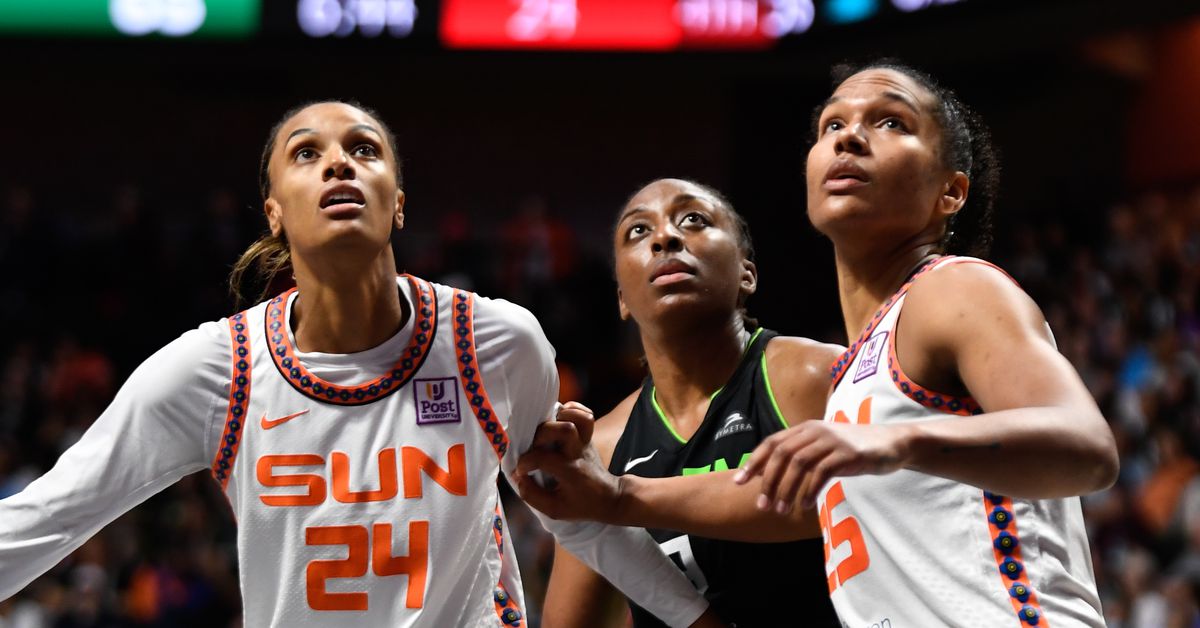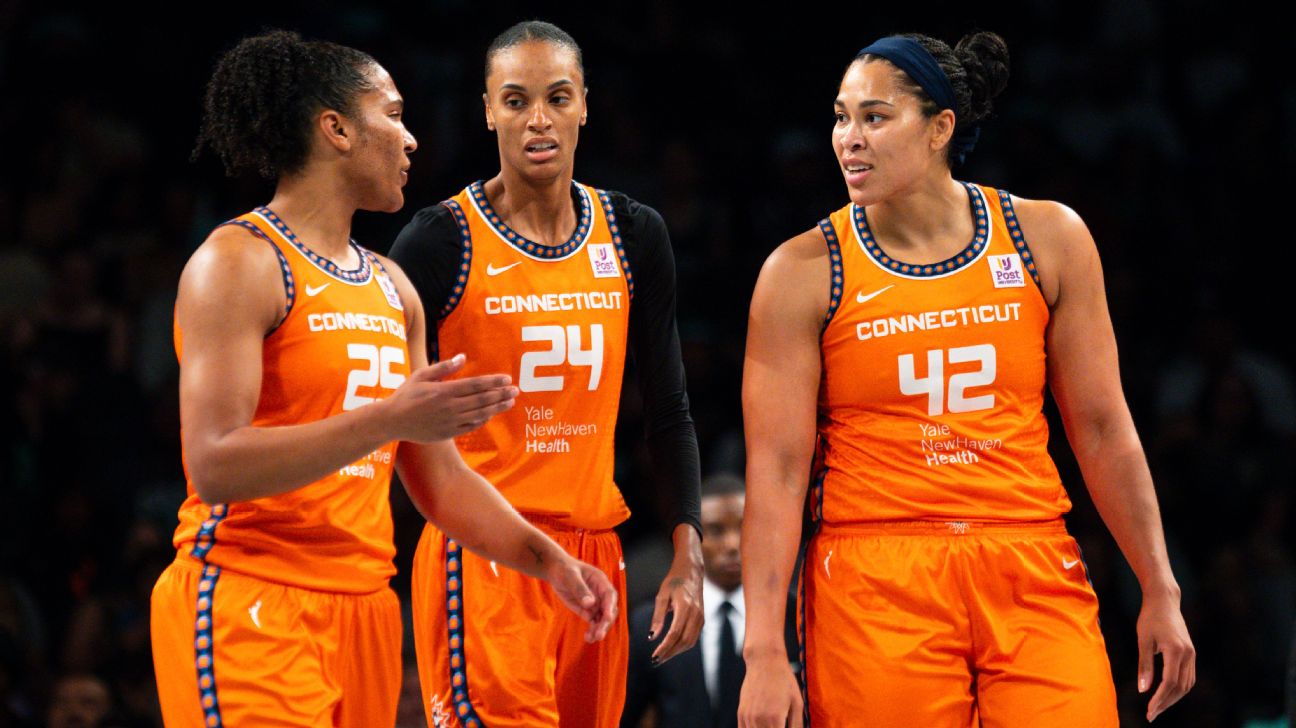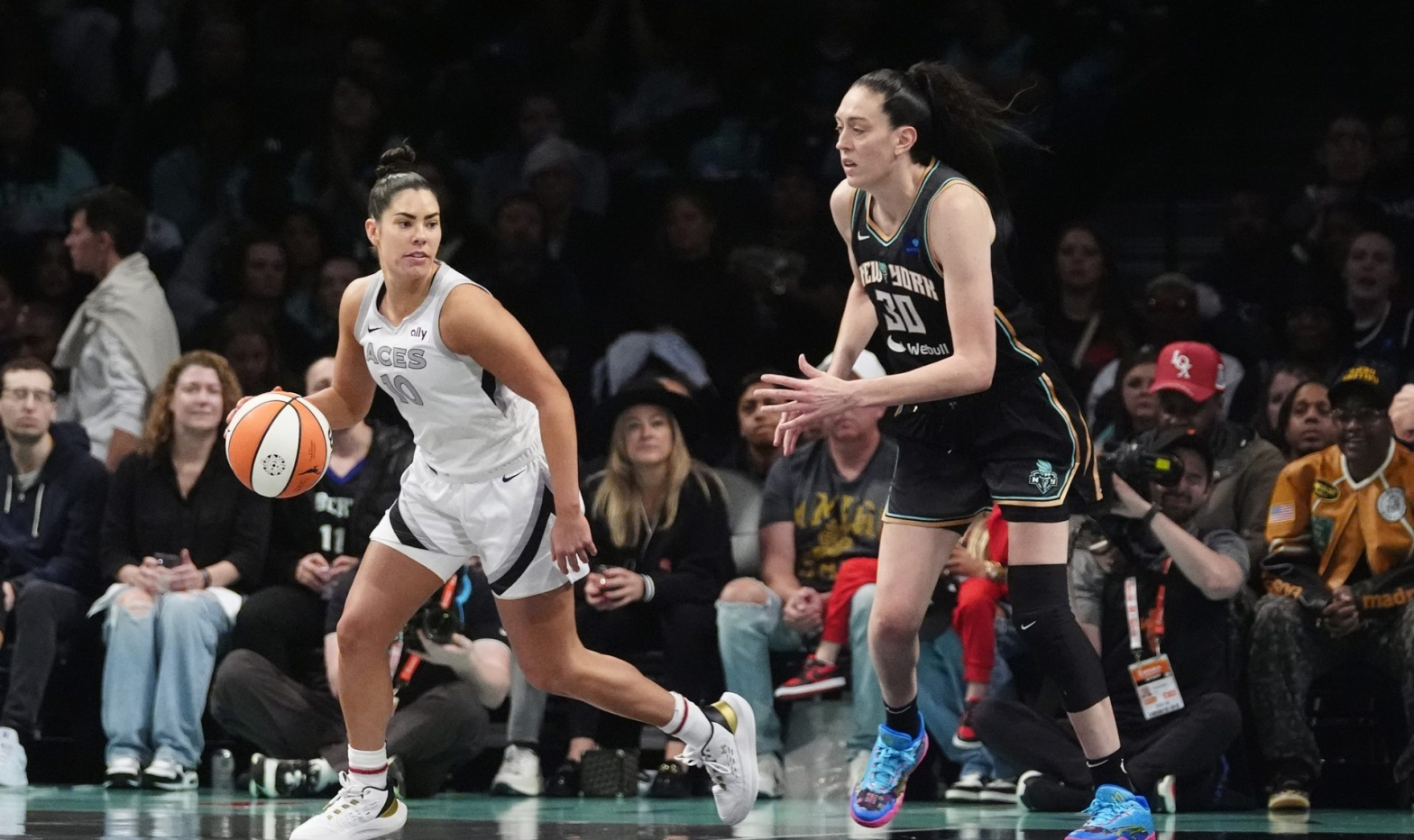WNBA free agency kicks off in February, providing players with the chance to sign new contracts, and reshaping the league. The 2025 season will see the addition of the Golden State Valkyries, with the Toronto Tempo and an unnamed Portland franchise expected to join in 2026. These new teams expand the league, offering more opportunities for players and significantly influencing free agency dynamics. The period is vital, with players seeking the best contracts, teams aiming to improve rosters, and the league adjusting to these changes in team structure.
Currently, the WNBA is negotiating a new collective bargaining agreement (CBA) with the players’ union, the WNBPA. The existing CBA, which has been in effect since 2020, is set to expire in October 2025. In October 2024, players opted out of the agreement, signaling a potential shift in salary structures, benefits, and other league rules. The new CBA will influence player contracts and the overall landscape of the league. Both sides have until the end of 2025 to finalize the new deal, potentially altering salary caps and player compensation across the board.

Player Flexibility Through One-Year Deals
Given the uncertainty surrounding the future of the CBA, many players are expected to sign one-year contracts for the 2025 season. This strategy provides flexibility, allowing them to renegotiate contracts once the new CBA is in place. This is a common approach when a new agreement is anticipated, as it enables players to take advantage of any potential salary increases or better contract conditions. By locking into one-year deals, players retain the ability to capitalize on changes in the salary cap and other league-wide rules once the CBA negotiations conclude.
The WNBA salary cap plays a crucial role in free agency, determining the maximum amount teams can spend on player salaries. For the 2025 season, the salary cap is set at $1,507,100, with a minimum team salary of $1,261,440. The salary cap increases by 3% each year under the current CBA. Teams are required to carry a minimum of 11 players and a maximum of 12 on their roster throughout the season. If a team falls short of the minimum roster size, they must sign another player within 72 hours to comply with league regulations. Additionally, if a team does not meet the minimum salary level, it must compensate the players accordingly.
The salary cap ensures that teams maintain financial balance while remaining competitive. Teams must carefully manage their spending and player salaries to stay within these limits while building a competitive roster. This constraint is essential for maintaining fairness across the league and ensuring that teams can continue to operate within a reasonable financial structure.

Player Salaries: Minimum, Maximum, and Supermax
Player salaries in the WNBA are tiered based on years of service, with both minimum and maximum salary levels. For the 2025 season, the minimum salary is $66,079 for players with two or fewer years of service and $78,831 for players with three or more years of experience. These figures increase annually, allowing players to earn more as they progress in their careers.
The maximum salary for players is also structured in two tiers: regular and supermax. For 2025, the regular maximum salary is $214,466, while the supermax salary is $249,244. Supermax deals are typically awarded to players who meet specific criteria, such as signing an extension to their rookie contract or remaining with the same team for at least five years. These salaries incentivize players to stay with their teams, preventing them from leaving during free agency. The Supermax deal is designed to keep top talent within their current organizations.
Free Agency Designations and Rules
Free agency in the WNBA comes with several specific designations that influence contract negotiations. Players can be either restricted or unrestricted free agents. Restricted free agents can negotiate with any team, but their previous team has the right to match any contract offer. If the previous team matches the offer, the player remains with that team. Unrestricted free agents, however, have no restrictions and can sign with any team without their current team having the opportunity to retain them.
Additionally, teams can designate one player as a “core player.” This designation guarantees the player a one-year contract at the supermax salary, preventing the player from signing directly with another team. However, the team can still trade a core player. Players can only be designated as core players for two seasons in their careers, which adds a layer of strategy for teams in managing their rosters. Another designation is the “reserved” contract, which applies to players with three or fewer years of service and offers them a one-year deal at the minimum salary.
WNBA free agency is a complex process shaped by the salary cap, player designations, and the ongoing CBA negotiations. As the league prepares for the 2025 season and new teams join the fold, players and teams alike must navigate the intricacies of contract negotiations. The flexibility afforded by one-year contracts, combined with the tiered salary structures and strategic designations, makes free agency an essential period for reshaping rosters. As negotiations for a new CBA continue, the future of player salaries and team strategies remains uncertain, but it will undoubtedly have a lasting impact on the league’s landscape.
